Reportage : Cowboy Land Casanare, Colombia - 2014
With a size that is just a little bigger than the Netherlands, the flatland Casanare Department has less than one million inhabitants. This is the Wild West of Colombia, with cowboys riding around the steppes of the South American country. El Llano, which is what the Colombians call the flatlands, has its own very special culture. It is rich in music and myth. Perhaps, the boundless vastness converted the inhabitants into poets. Traditionally, people here have small open houses nearly without walls; they just sleep in hammocks, covered by a mosquito net. The average temperature of 28°C over the whole year is perfect for the little insects.
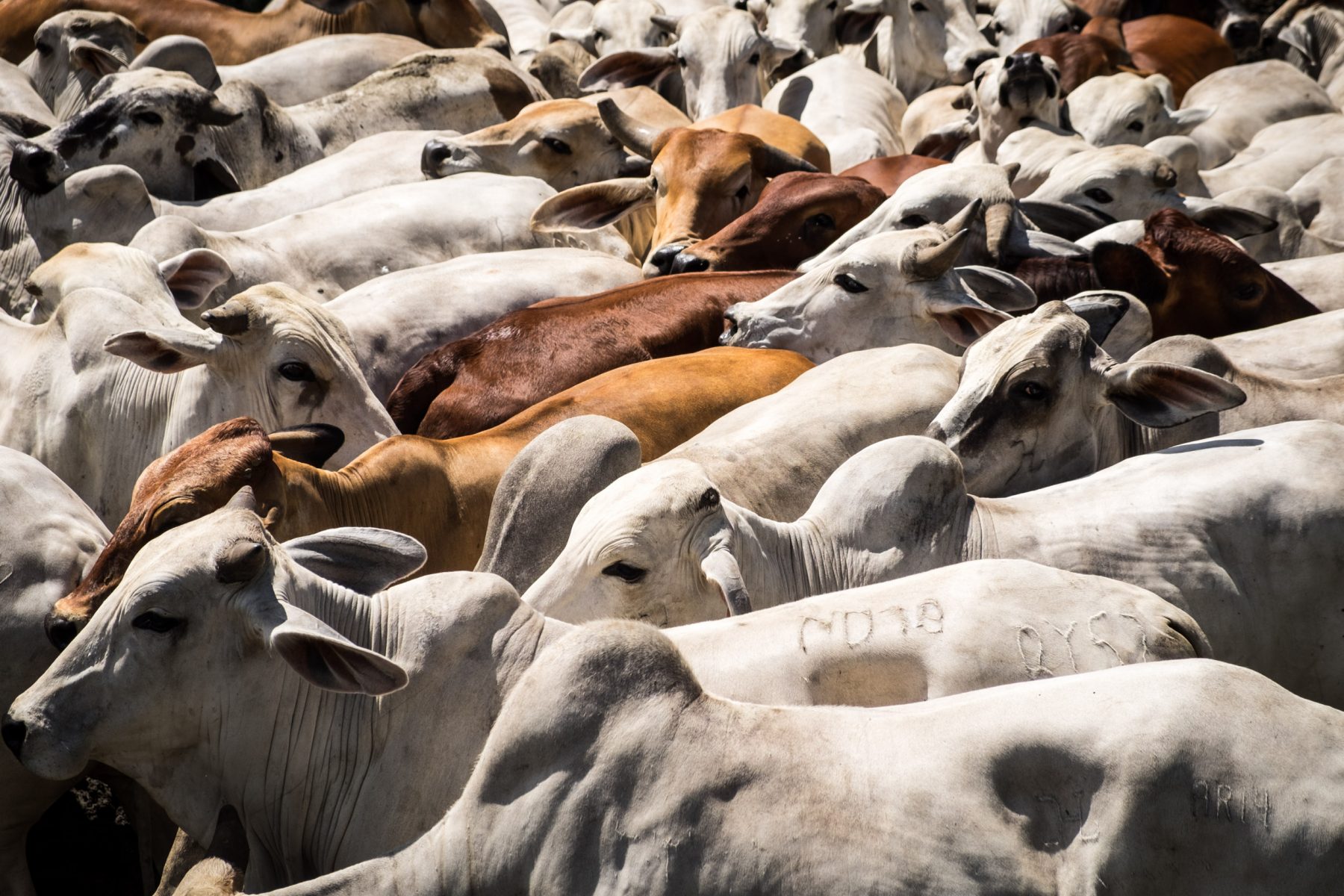
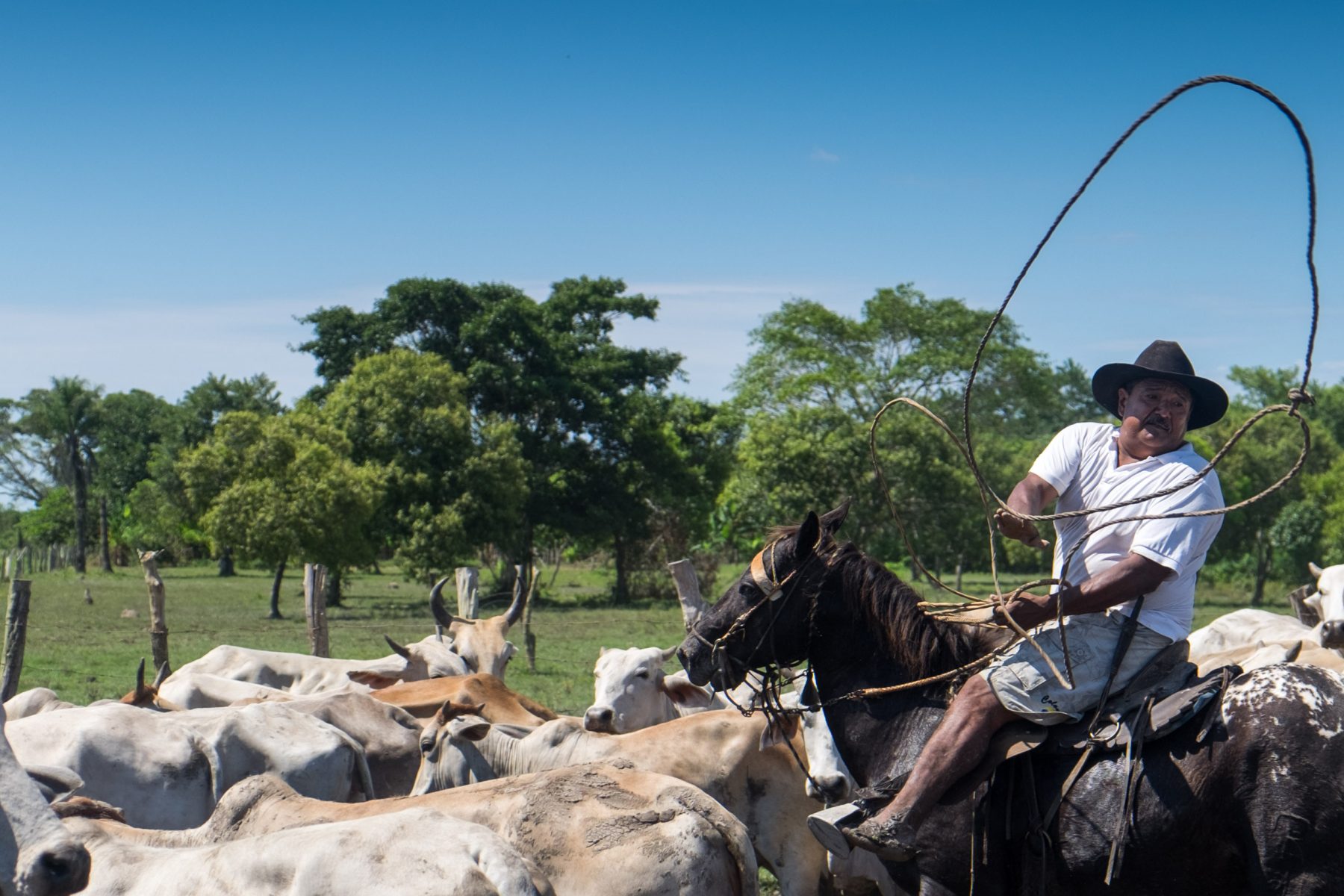
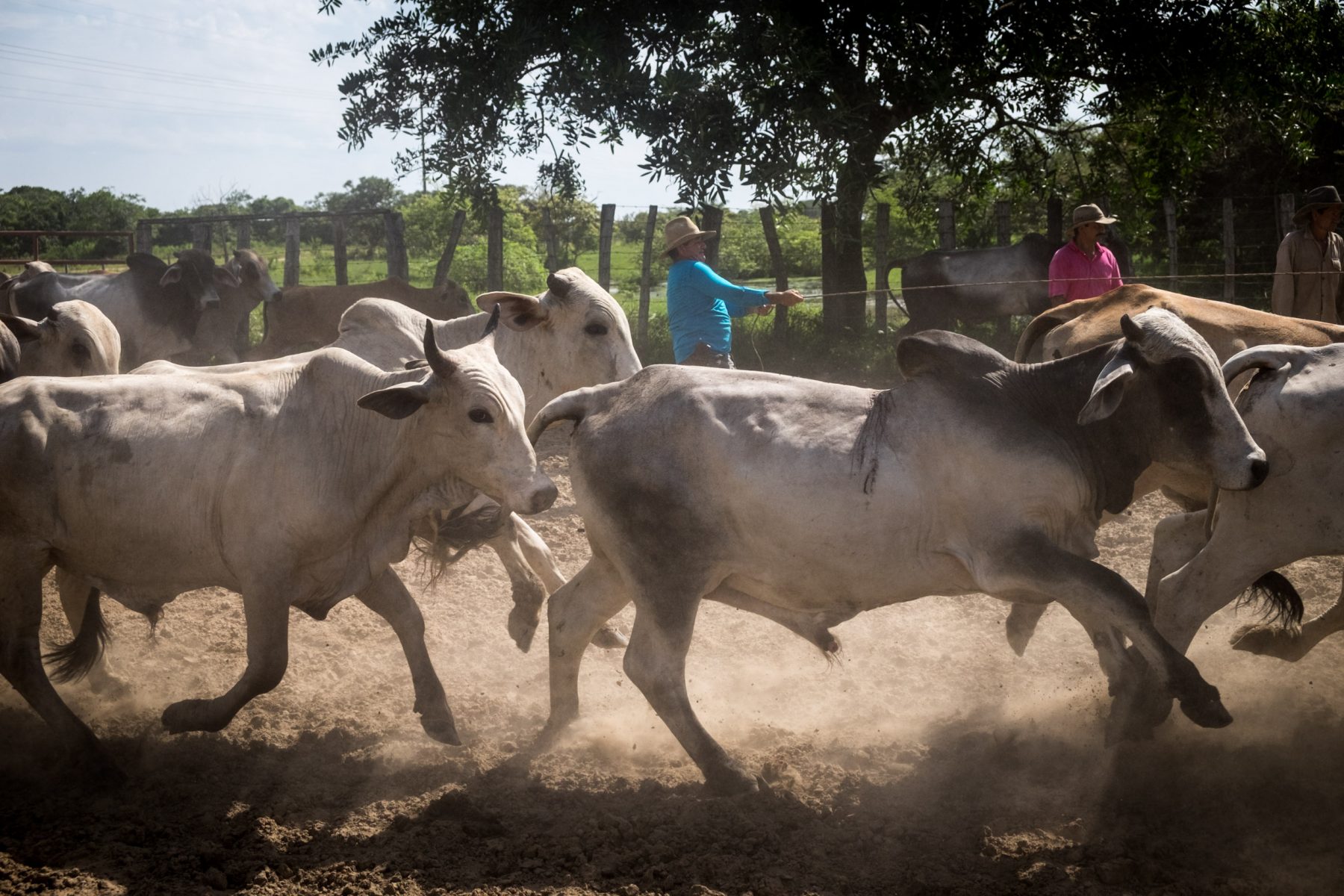
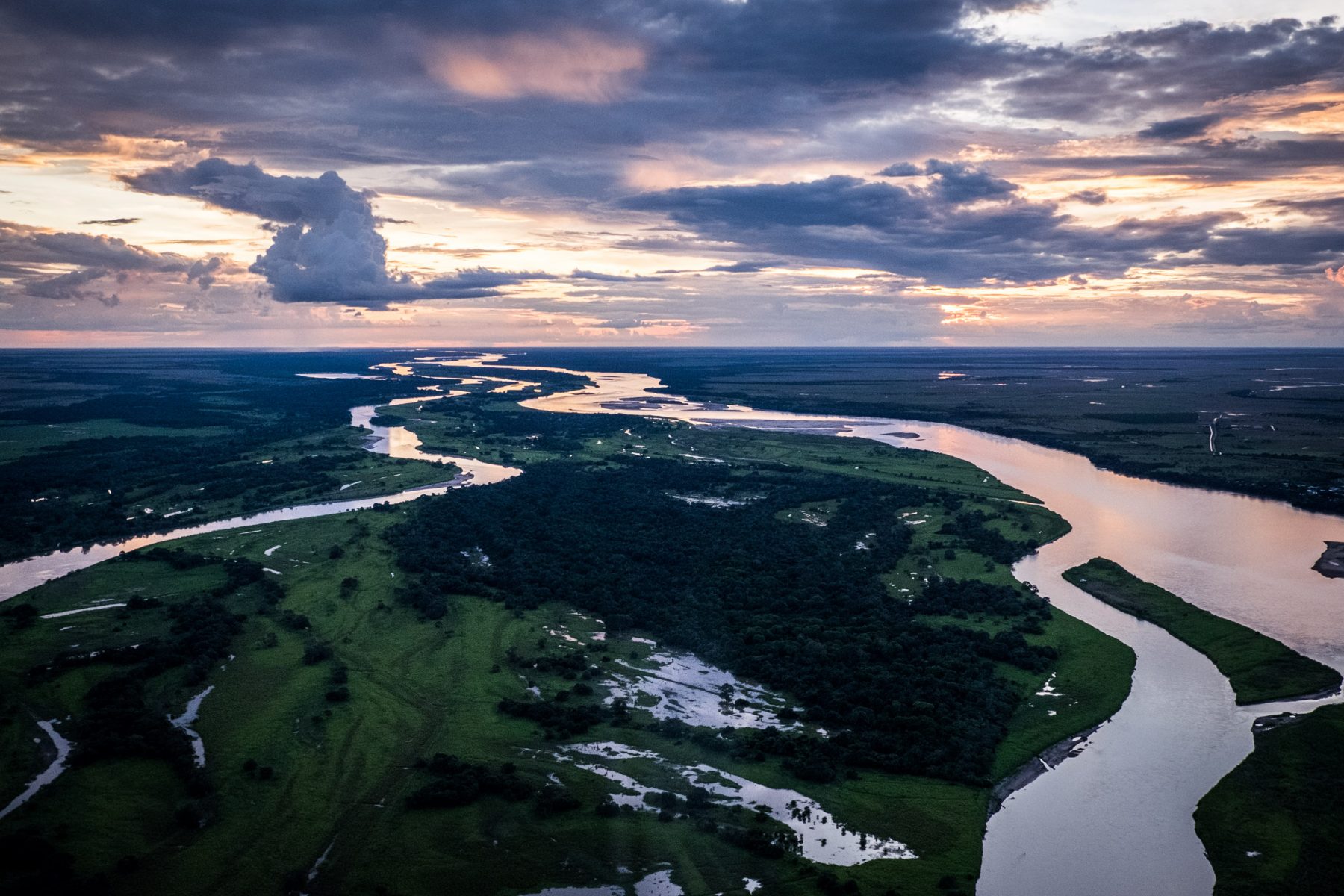
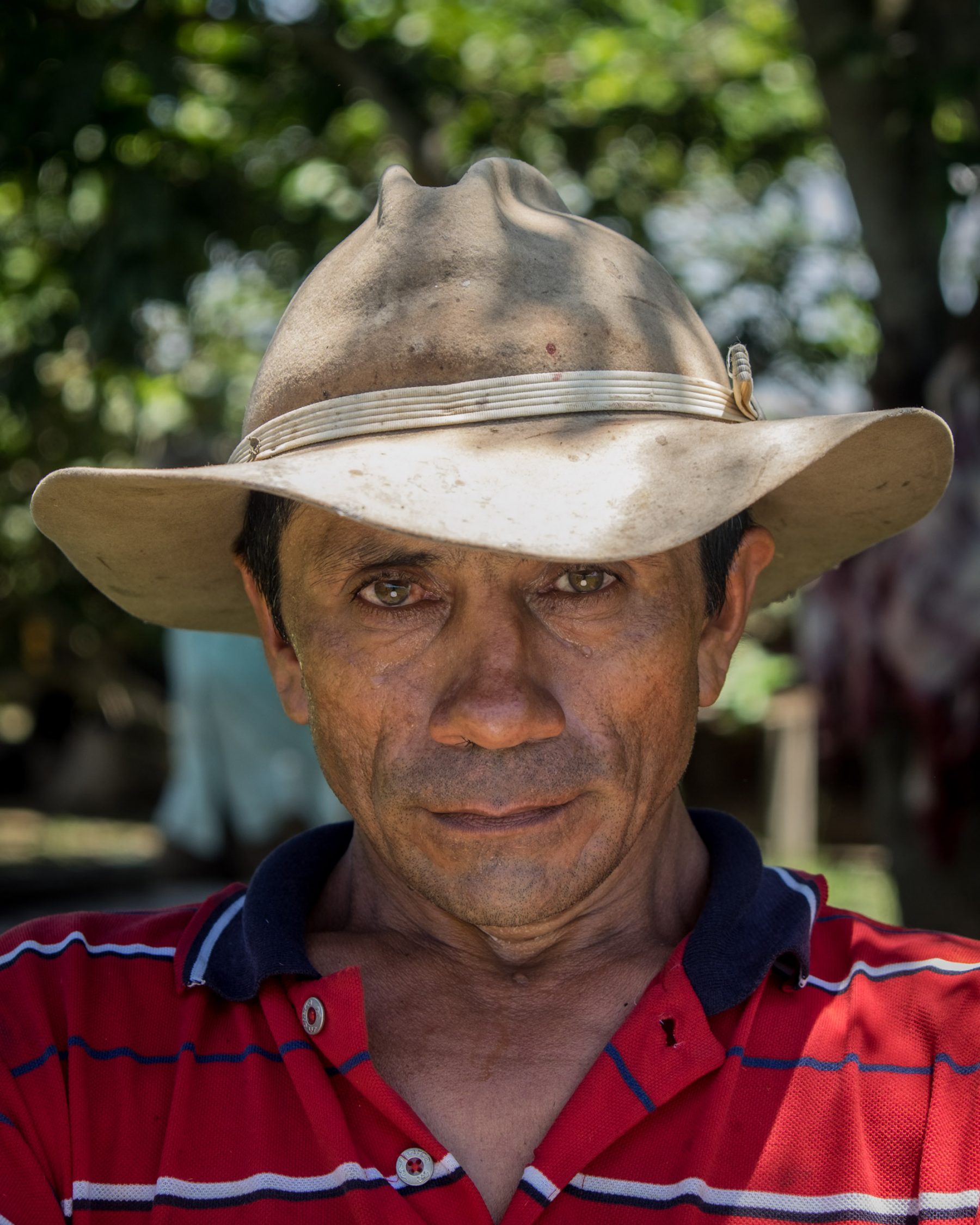
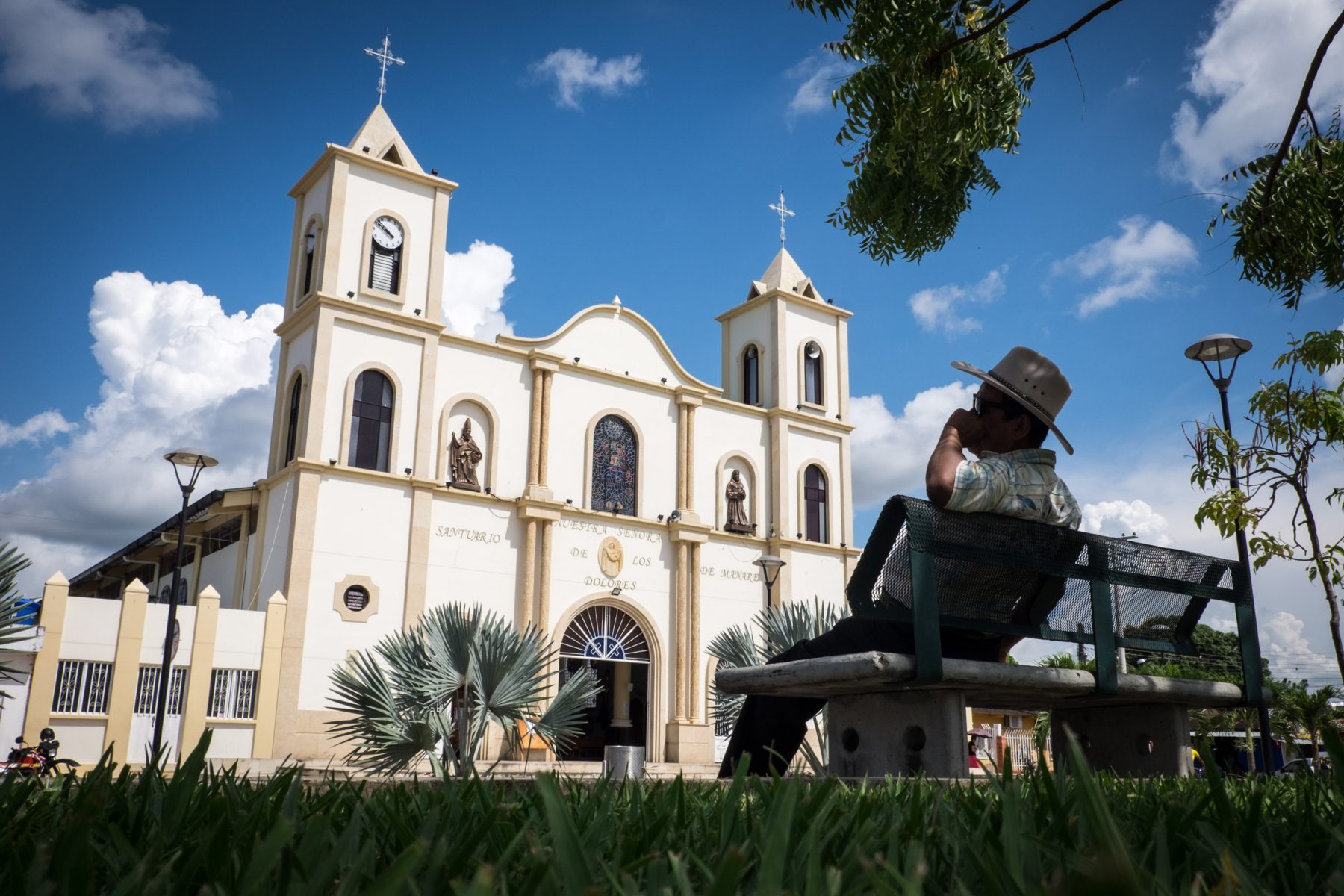
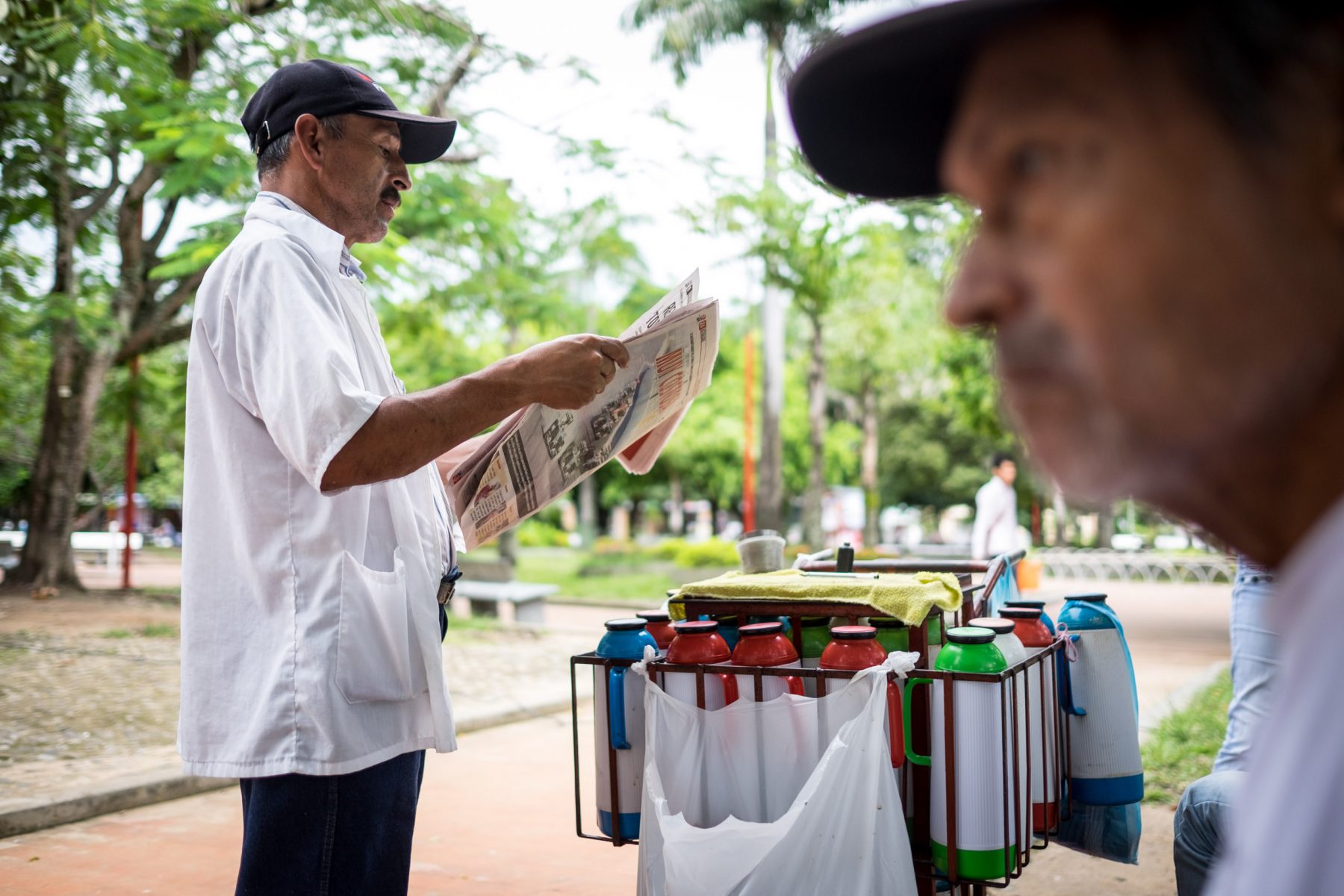
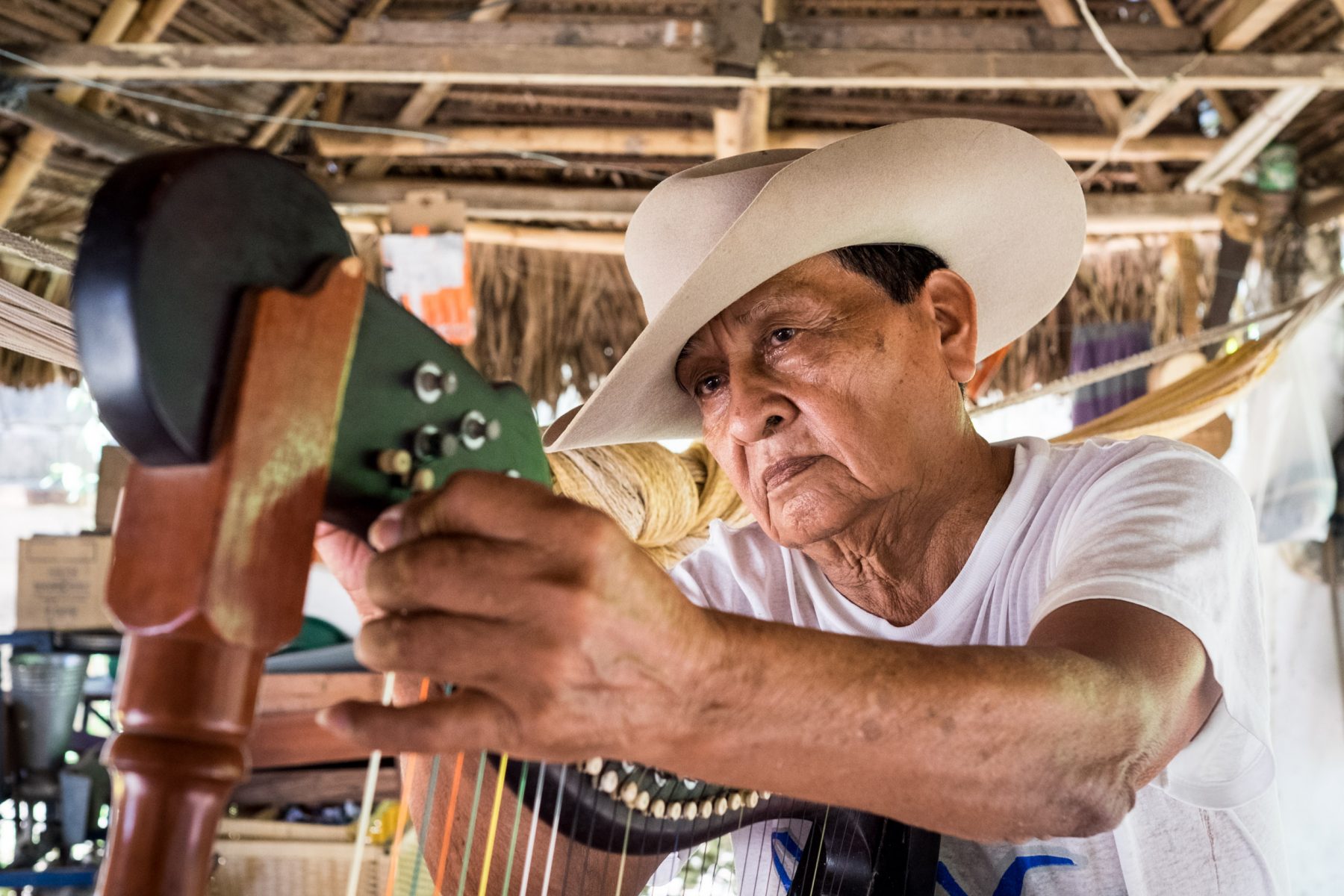
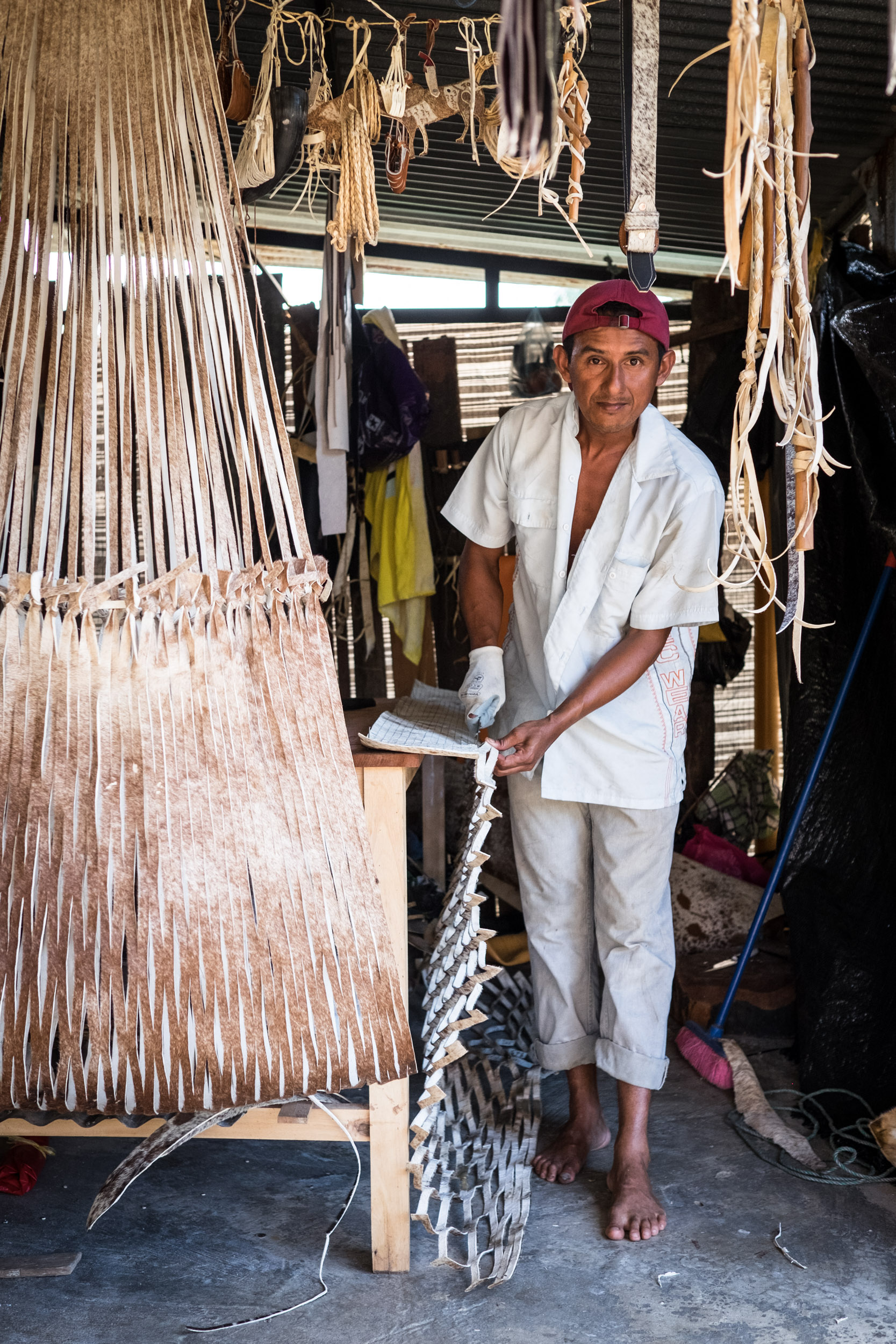
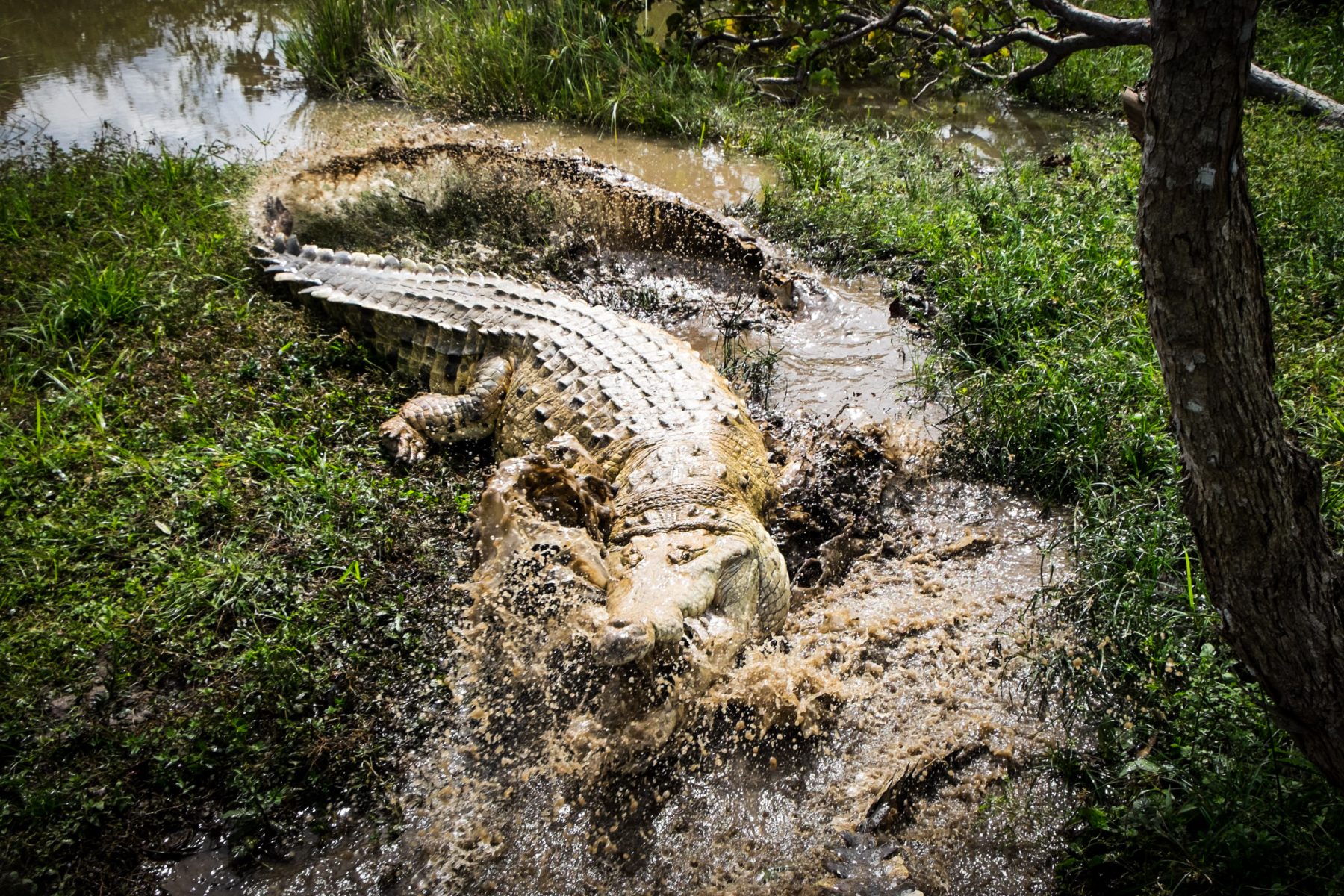
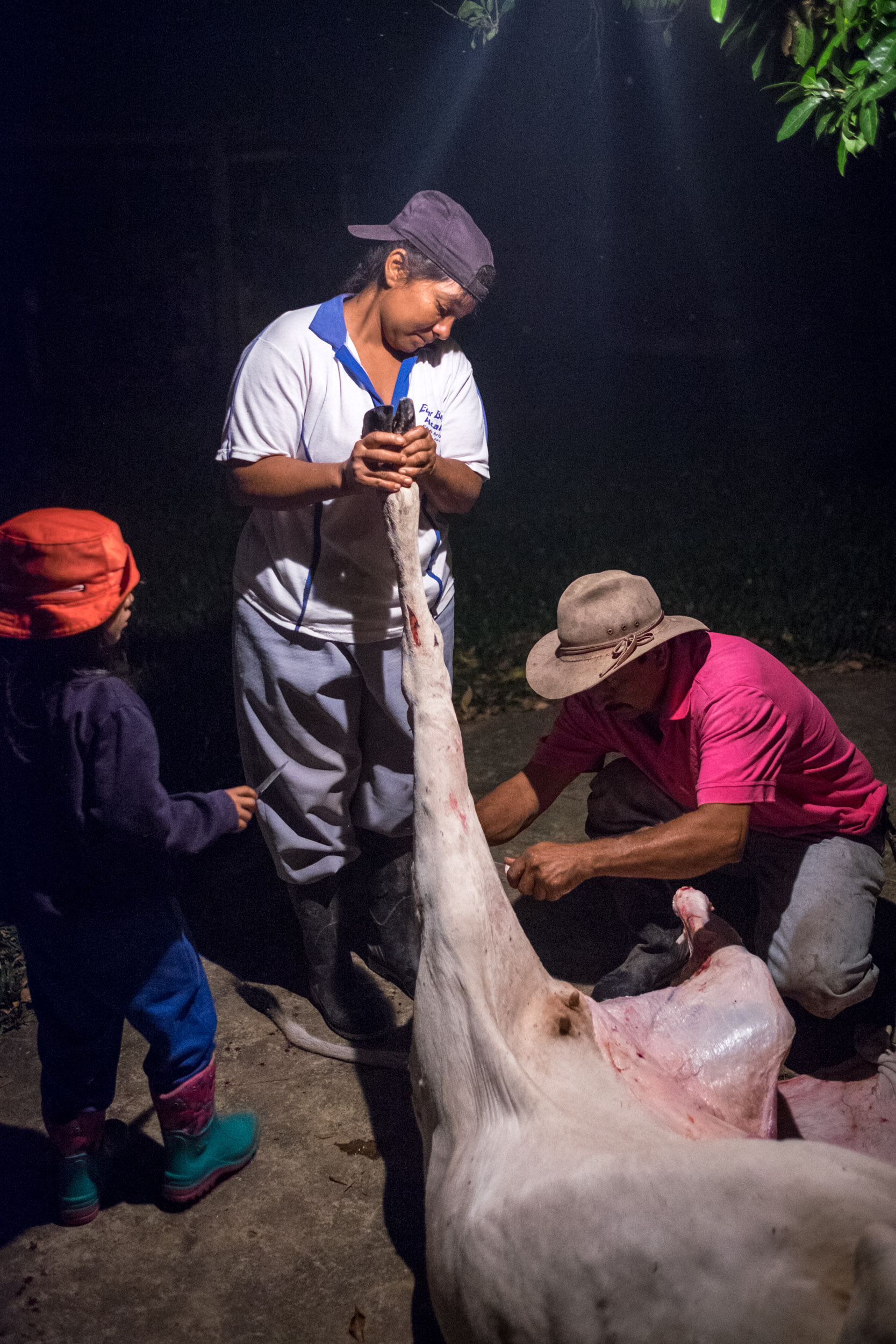
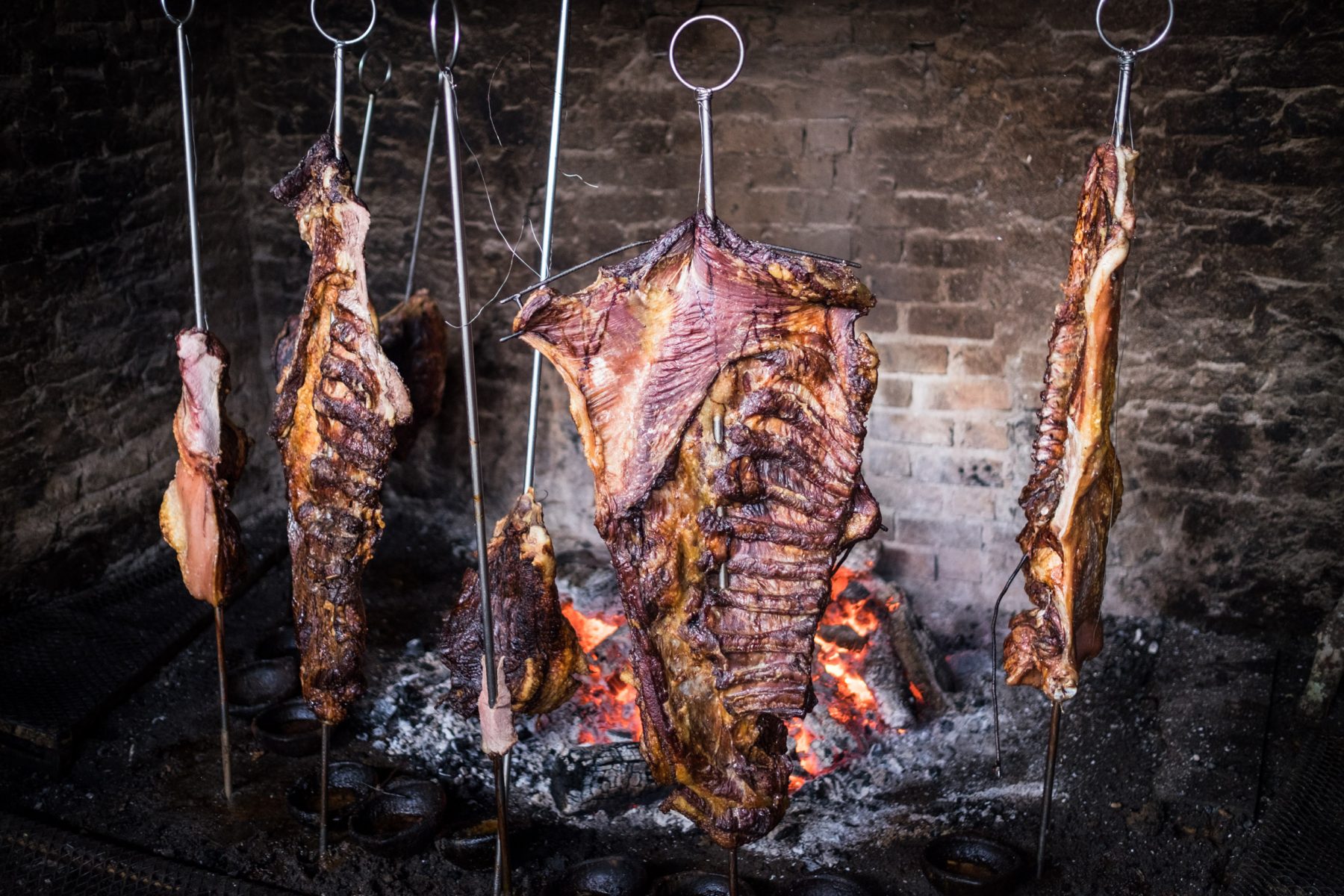
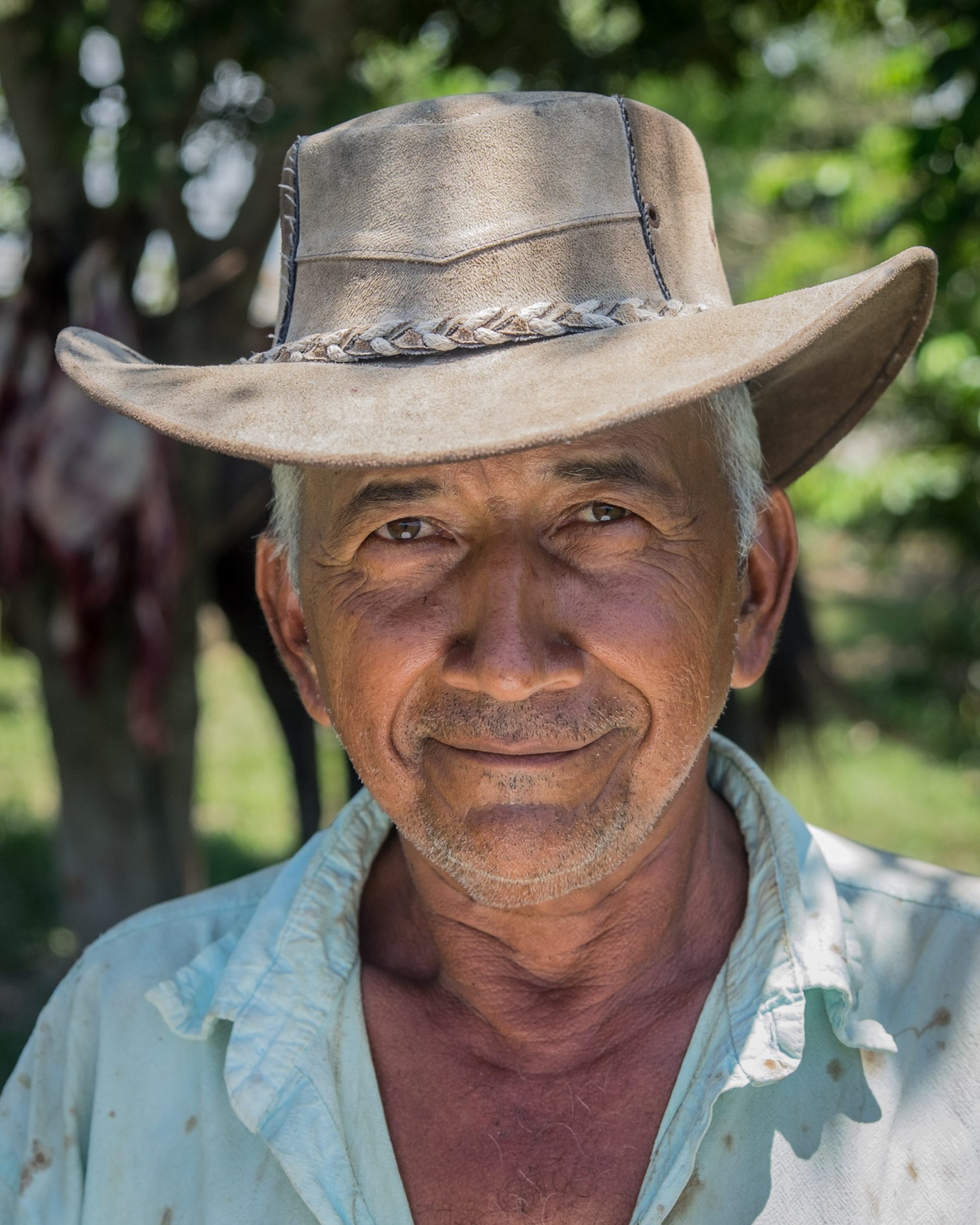

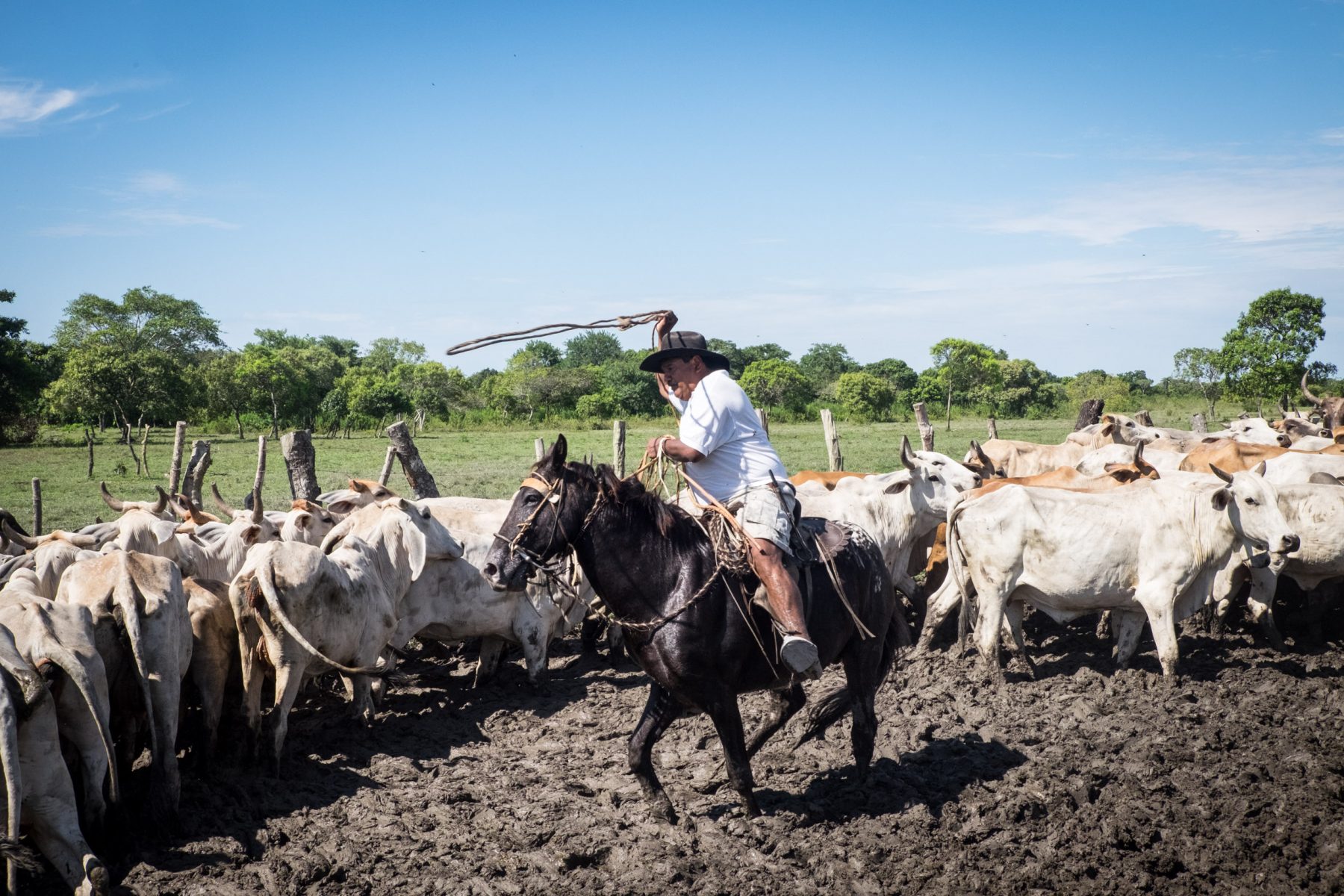
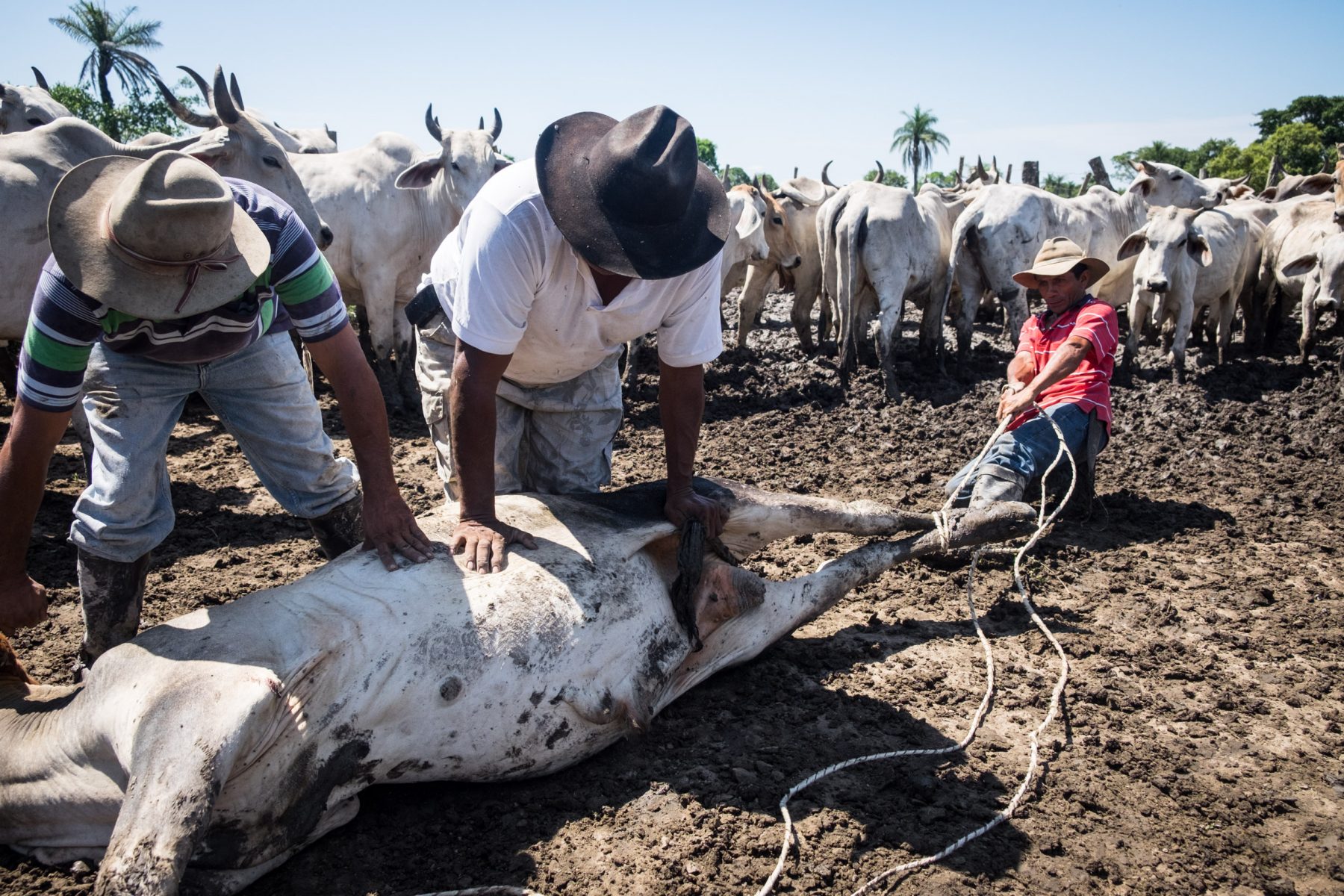
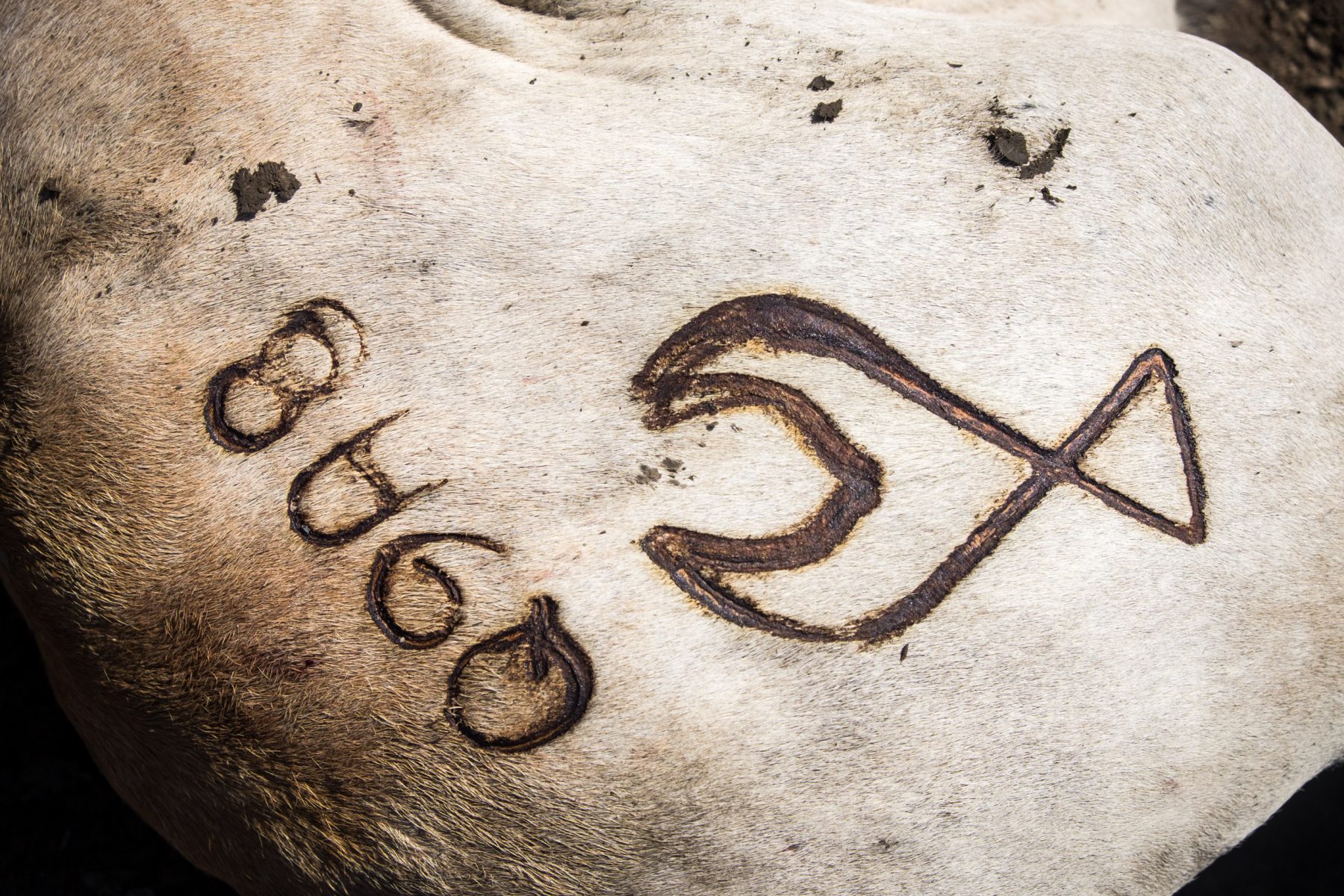
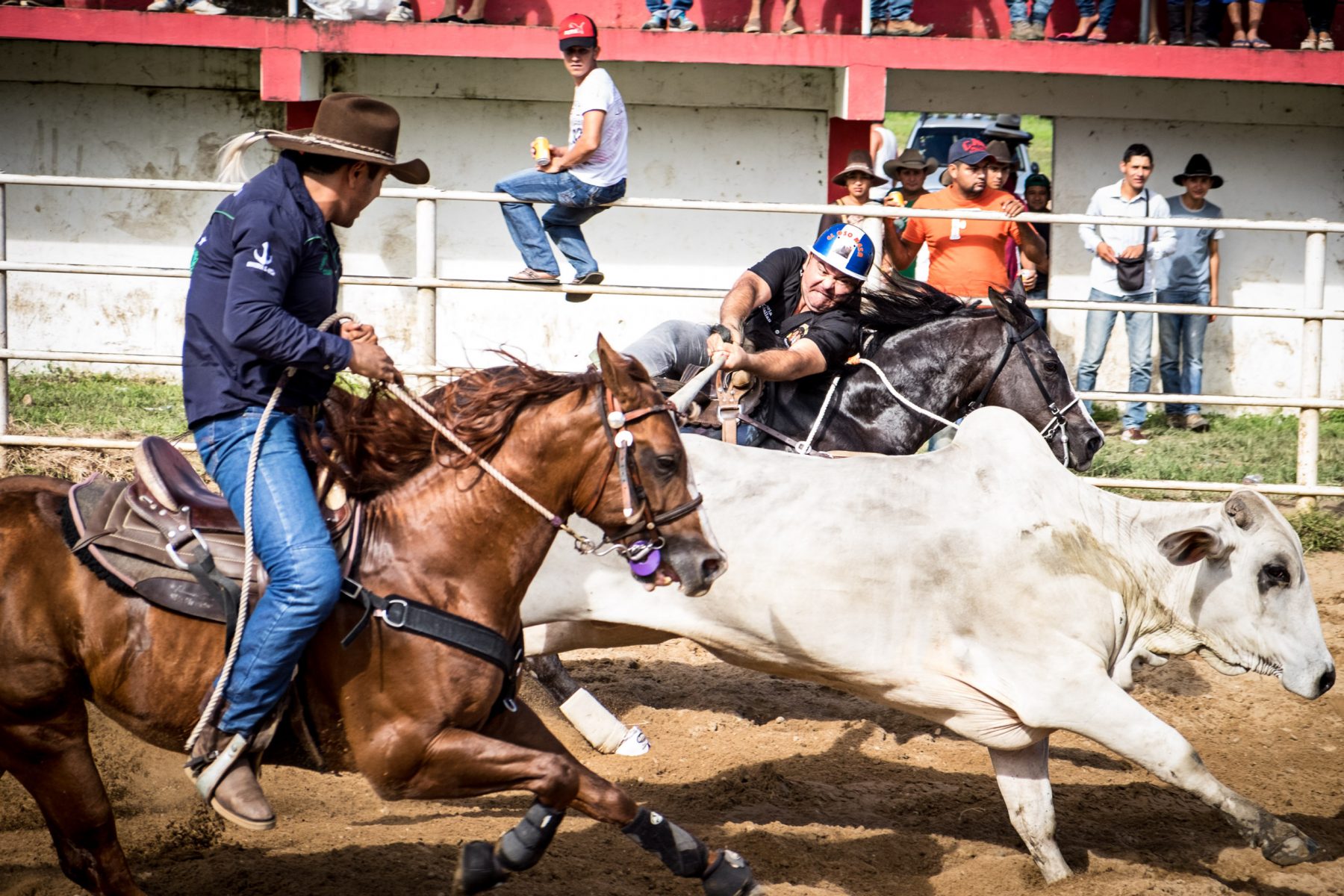
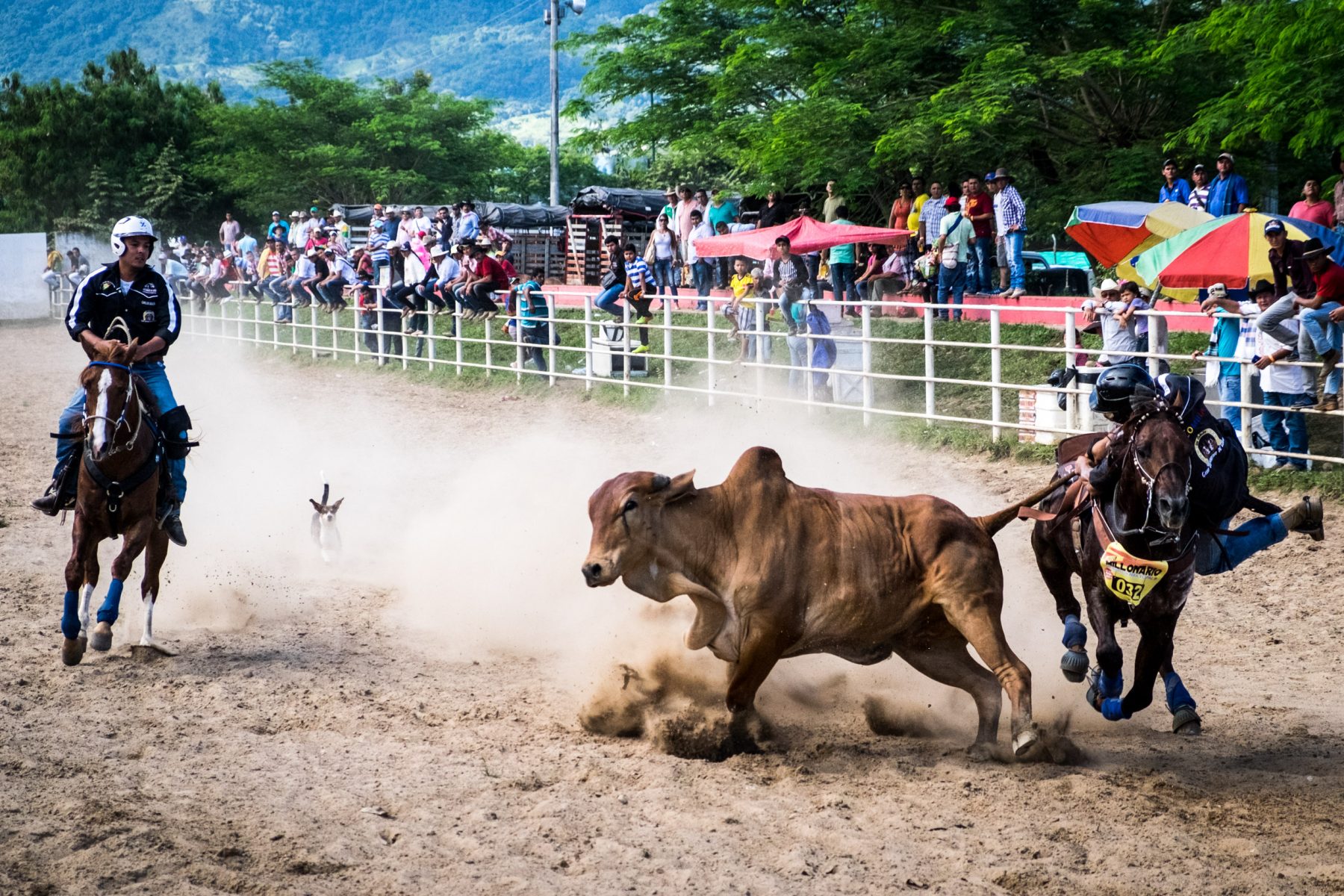
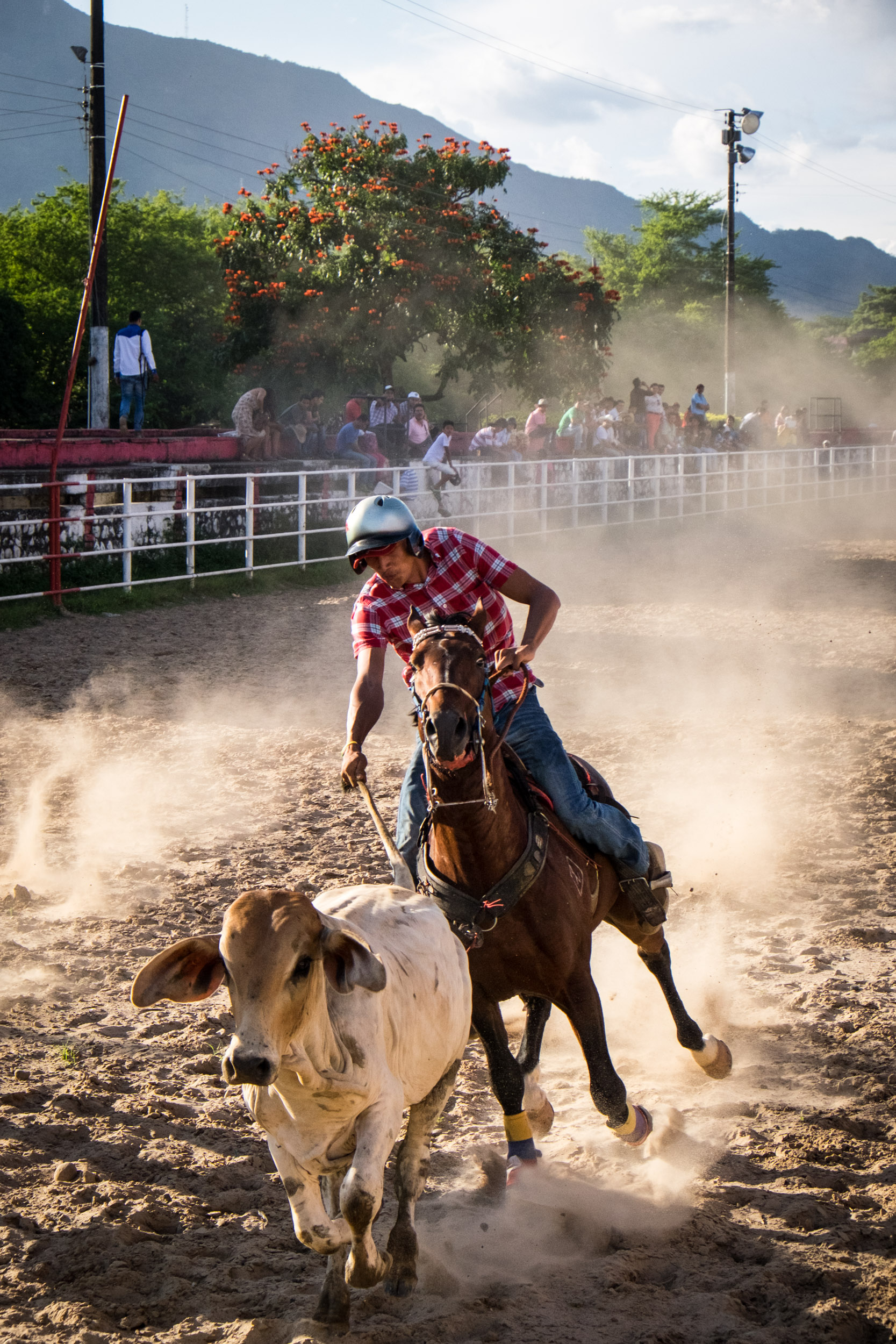
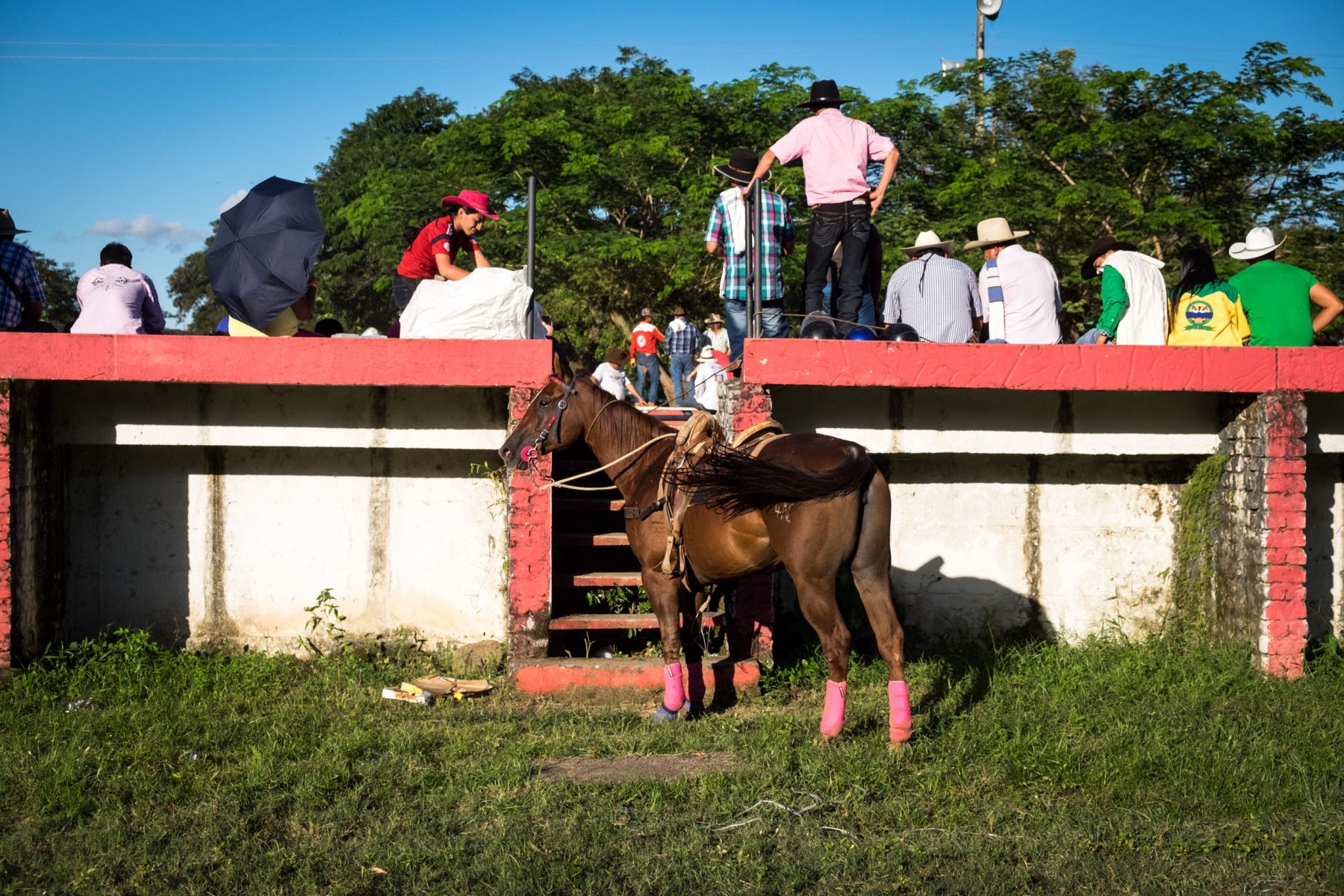

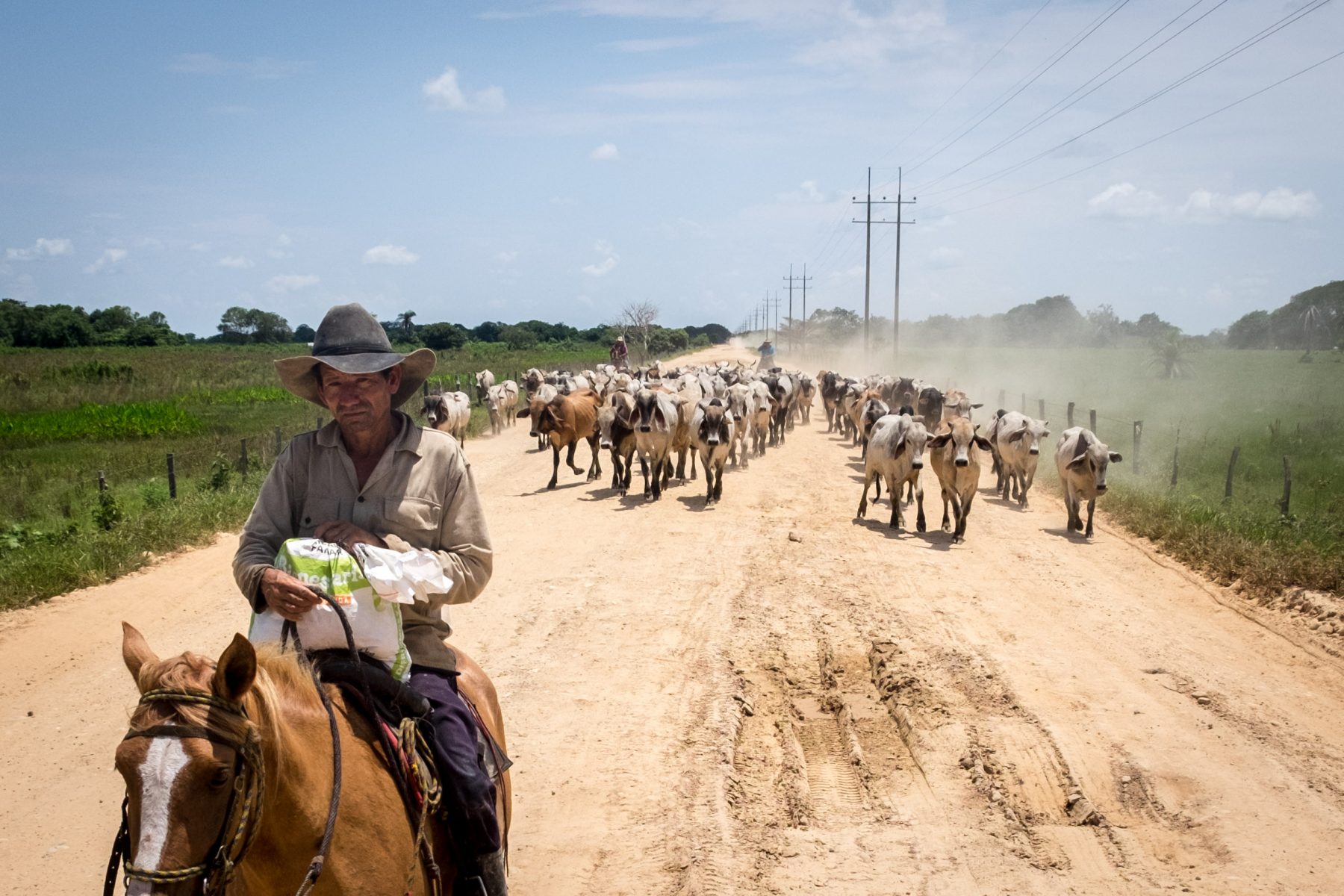
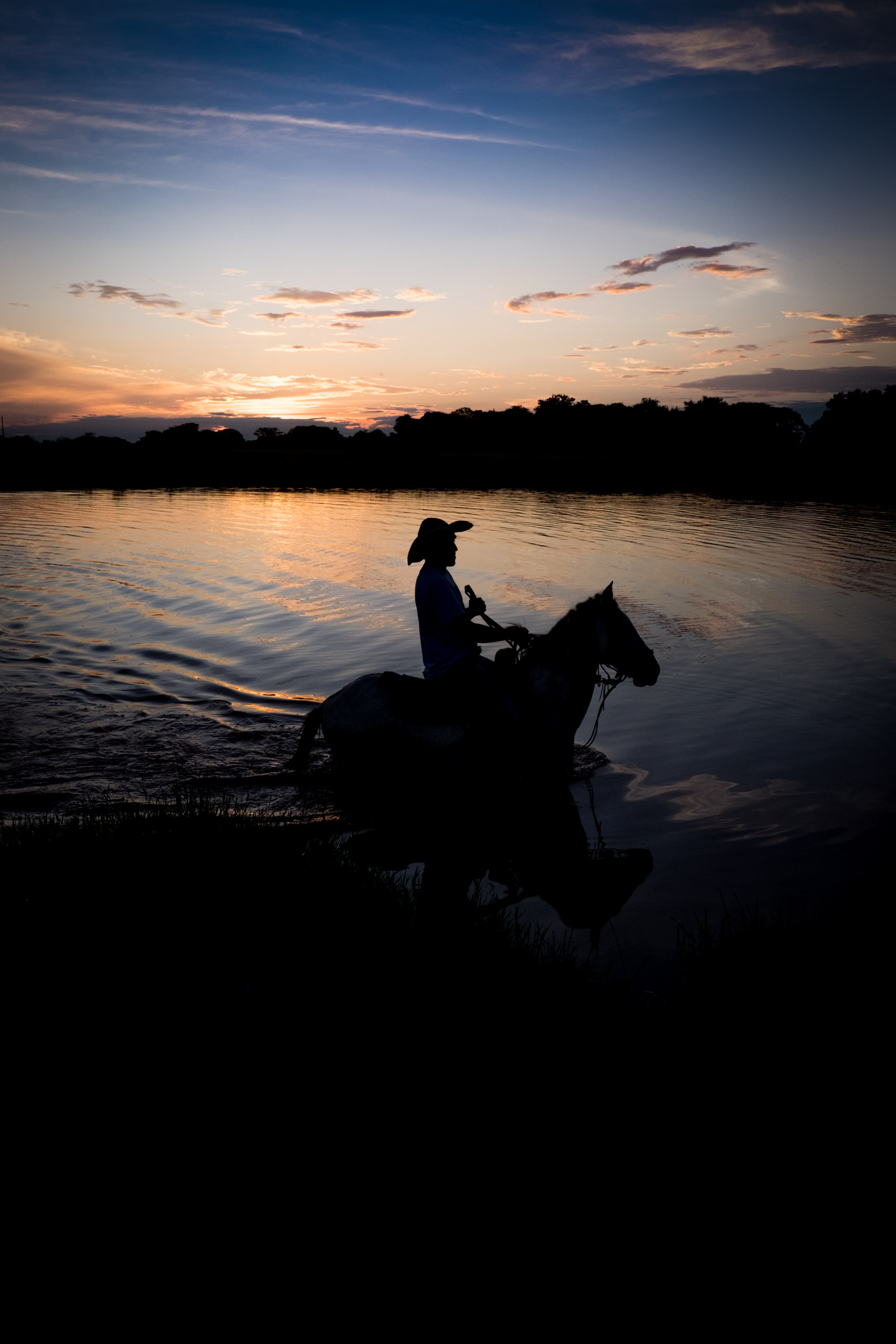
This is the end, my friend ...
Show all stories